
Singapore and Vietnam: Growth Signals from Logistics Leaders
Singapore continues to be the core transshipment hub of Asia, having recorded a container throughput of 41.12 million TEUs in 2024, a 5.4% increase compared to the previous year—marking a milestone in post-pandemic recovery. The Tuas Mega Port project, once its final phase is completed in 2040, will raise its container handling capacity to 65 million TEUs per year, becoming the world’s largest automated port. Meanwhile, Vietnam is beginning to assert a new role in the supply chain with Tan Cang – Cai Mep terminal receiving ultra-large vessels such as EC3. With an operating efficiency of 33 moves per hour, it is laying the foundation to become a viable competitor to Singapore in transshipment container handling.
Comparing Capacity and Transition Speed
However, growth in volume does not automatically equate to system efficiency. Compared to Singapore, Vietnam still lags in synchronized operations, digital infrastructure, integrated connections, and investment in modern cargo-handling equipment. Only around 25% of port enterprises in Vietnam have fully adopted digital technology in cargo handling and management. Meanwhile, the dry port system remains in the standardization phase, lacking integration with multimodal logistics networks.
“Tuas Mega Port is not only a modern automated port, but also an integrated model of green logistics, AI, and supply chain innovation. This is the path Vietnam should pursue.”
— Dr. Lam Yi Young, Singapore Logistics Institute
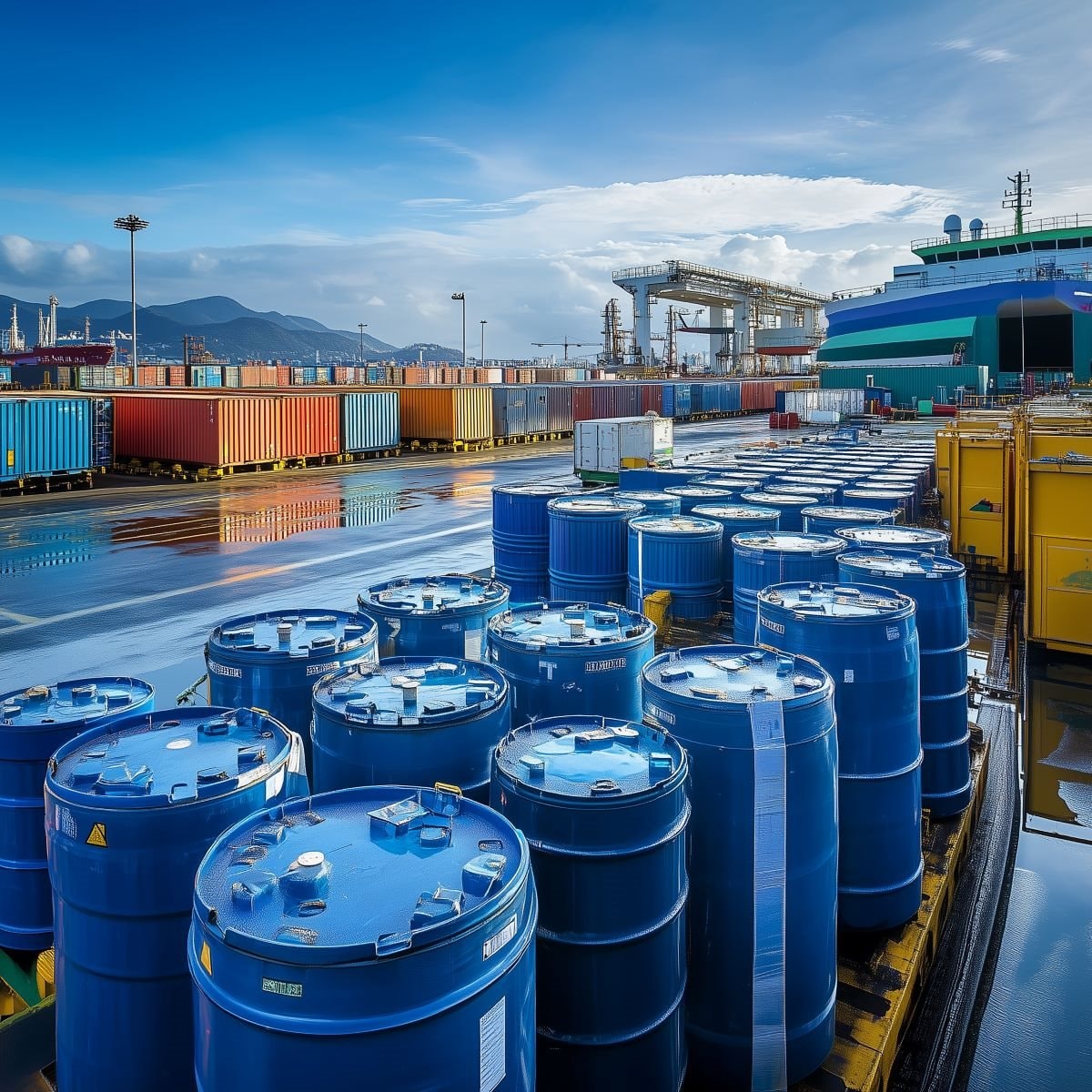
Strategic Challenges for Vietnam
Currently, the biggest threat to Asia’s port system is not merely the saturation of cargo flow growth, but also geopolitical tensions, pressure for green transformation, and the demand for innovation. With short sea routes from China to ASEAN or from ASEAN to the U.S. and Europe facing intense competition, a flexible, synchronized, and automated port system will determine the survival of regional logistics hubs.
“Vietnam needs to adopt a hybrid model combining traditional ports with digitalized dry ports to ensure sustainable progress, especially as global supply chains now demand more flexibility than ever.”
— Mr. Nguyen Xuan Sang, Deputy Minister of Transport, ASEAN Seaport Forum 2024
The future of Asian logistics will be shaped by planning capabilities and the degree of innovation. Whoever can harness the strength of seaport and dry port systems will assume the role of smart logistics hub in the new era of global supply chains.


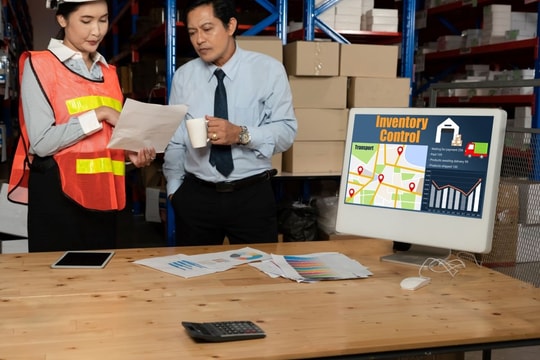
.jpg)
.jpg)



.png)
.png)
.png)

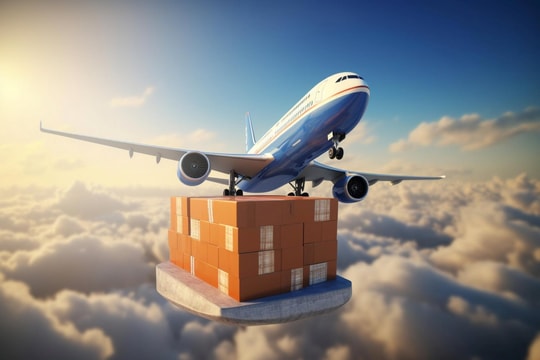
.png)
.png)


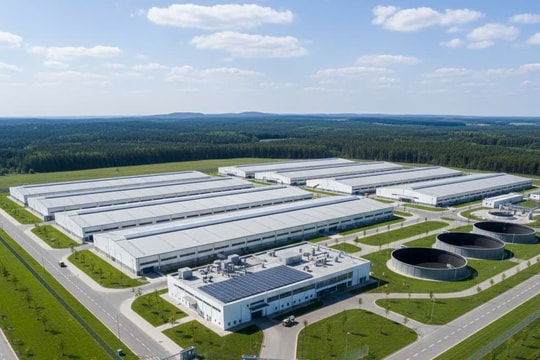


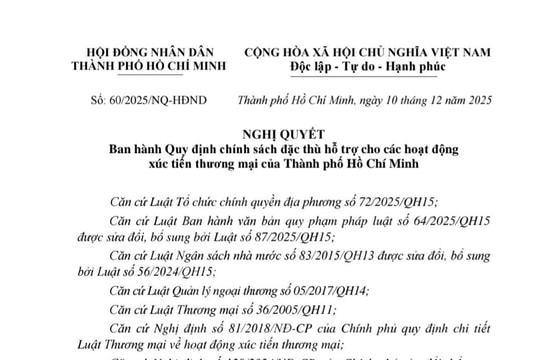
.png)

